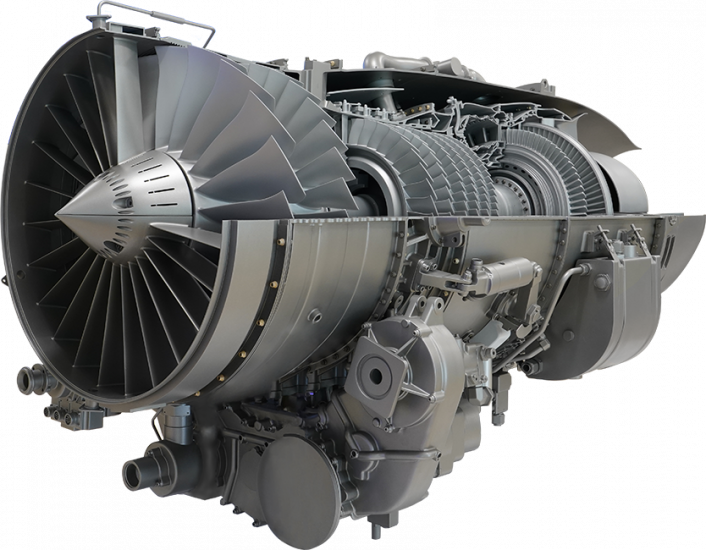The Turkish defence industry has been a major success story. Product quality rivals that of western counterparts while being produced for much cheaper. The range of solutions provided by the Turkish defence industry is impressive, to say the least. However, there is one major problem. Engines…
More specifically, the lack of them. The ambitions of Turkey’s defence industry have been dashed because of engines. For instance, the Altay tank was supposed to be in service years ago. But due to an embargo by Germany, MTU was banned from selling its 1,500 horsepower engines to Turkey. With no other options, the Altay tank programme has been in limbo for years, now awaiting production with a South Korean engine. There is also a domestic engine in development.
The Altay situation has been the bane of Turkish defence enthusiasts. It raises concerns about the future of critical projects such as the TFX (Turkish 5th gen Fighter).
Meet the TEI-TF6000
The TEI-TF6000 is a turbofan engine with 6000 lbf of dry thrust. Meanwhile, a variant of it called the TEI-TF10000-A/B, will produce 10000 lbf of wet thrust with the aid of afterburners. The afterburner variant was quietly introduced on TEI’s website today. TEI has suggested that these engines and their derivatives could power a variety of platforms.
“The TEI-TF6000 Turbofan Engine and its derivatives to be developed from its core engine are available to be employed on various national platforms such as manned-unmanned warplanes, business jets, regional passenger planes, civil-military helicopters with 10-ton take-off weight, gunboats, and power plants.”
TEI Website
Indeed, the afterburner version could come in handy for Turkey’s fighter shortage. The Baykar Kizilelma is set to receive Ukrainian engines. The AI-25TLT for the subsonic MIUS-A, and the AI-322F for the supersonic MIUS-B. However, the situation in Ukraine raises doubt about this. Especially when considering that Russia targeted the Motor Sich factory. TEI’s afterburner version of the TEI-TF6000 could be used instead of the Motor Sich AI-322F, as it provides a similar amount of wet thrust. Meaning that it can power the supersonic MIUS-B.
Though there is no timeframe for its completion, it is known that it has been in development for at least two years. It is rumoured that TEI developed the TEI-TF6000 for its own drone (TEI is part of Turkish Aerospace), which is only known to the public from a single infographic. Though pure speculation, the lack of suitable applications for this engine (in its standard form) in Turkish Aerospace’s catalogue of vehicles suggests that this rumour could be true. Regardless, the TEI-TF6000 is the key to key to all gates for Turkey’s defence industry.


Loading new replies...
Join the full discussion at the DefenceHub | Global Military & Security Forum →